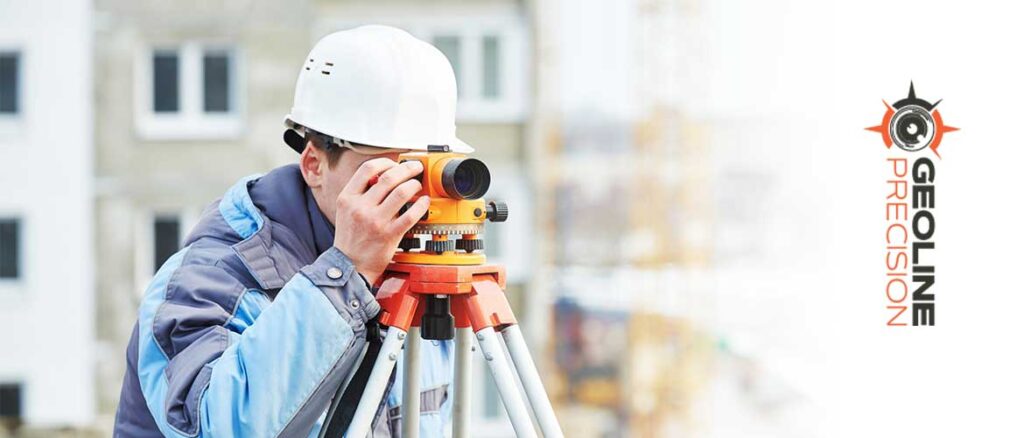
If you’re interested in understanding modern surveying techniques, then the automatic level is a vital tool to know about. The automatic level can be described as a precise optical instrument used to measure height differences between different points on the ground. This device functions by magnifying and leveling an image of the horizon through an eyepiece or viewfinder.
Automatic levels are commonly used in construction projects, civil engineering, and land surveying. They’re especially useful for measuring elevation changes over long distances since they can provide accurate readings with minimal error margins. One of the main advantages of using an automatic level is that it allows surveyors to work faster and more efficiently without sacrificing accuracy. Automatic levels have revolutionized how we conduct surveys today, eliminating some of the guesswork involved in manual measurements.
Are you looking to determine the elevation of a particular point on a construction site but unsure of which method to use?
Look no further! In this article, we’ll cover two commonly used methods for determining elevations: the stadia and staff reading methods.
Basic Surveying Techniques
The stadia method involves using a special instrument called a stadia rod to measure the distance between two points on the ground and the vertical angle between those same points. By combining these measurements, you can accurately determine the elevation of any given point. This technique is especially useful when working with large distances or rugged terrain where other methods may not be as reliable.
The second method is the staff reading method, which uses an instrument known as a level rod or ‘staff.’ With this tool, you’ll take measurements at different heights along your construction site and record this data in either paper or digital form.
Advanced Surveying Techniques
Cross-sectioning, contouring and topographic mapping may sound unfamiliar to most people. However, for professionals in the surveying field, these are essential techniques used to obtain accurate topographical information about a land area. These techniques help surveyors to better understand the terrain, identify potential hazards or conflicts with proposed developments and determine the best way to design structures or infrastructure.

Cross-sectioning involves cutting a section through a landscape at different intervals and recording the elevation data at each point along that line. This process allows for creating profiles showing how elevation changes occur over a specific distance on a site. Contouring is another technique used in surveying which involves drawing lines on a map that connect points of equal elevation. This helps create visual representations of elevations across an entire site.
Specialized Applications
Monitoring settlement structures for movement and measuring deformations in structures are two critical aspects of surveying. These techniques help to ensure the safety and stability of buildings, bridges, tunnels, dams, and other man-made structures. Surveying professionals use different methods to monitor these movements accurately and efficiently.
One such method is geodetic measurements, which involve using GPS receivers placed on stable points around the structure to measure any movement over time. Another technique is terrestrial laser scanning or LiDAR (Light Detection And Ranging), which captures detailed 3D images of a structure’s surface to detect any deformations or changes in shape. Both techniques can be used together for better accuracy. Monitoring settlement structures for movement and measuring deformations in structures are vital because they help prevent catastrophic failures that could lead to property damage, injury or loss of life.
Conclusion
Surveying is a crucial aspect of any construction project, and using an automatic level has greatly improved the accuracy and precision of this process. Automatic levels are instruments that help measure height differences between different points on a site. They work by emitting a laser beam that bounces back to the instrument after hitting a reflective surface, such as a prism. This technology has made surveying more efficient and faster than ever before.
The importance of accuracy and precision in surveying cannot be overstated. Construction projects can face significant delays, cost overruns, or even structural failures without correct measurements. Using an automatic level ensures that all measurements are accurate within fractions of an inch, reducing costly mistakes during the building process. Moreover, it ensures that structures are built to last for years by providing precise data for foundation planning and load-bearing calculations.
